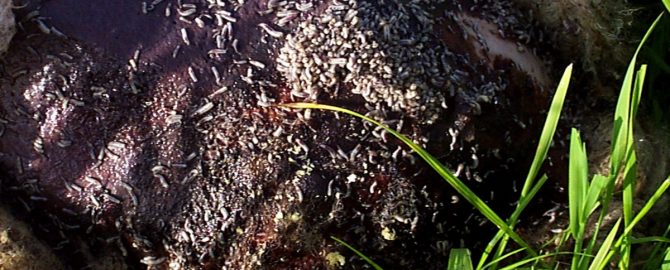This year has seen real pressure on products preventing blow fly – it is important to be vigilant especially if it remains warm throughout September.
Remember:
- Application of a preventative product is essential to reduce risk.
Take into account withdrawal periods and anticipated slaughter dates as lambs reach weight. - Dagging and crutching are also important to reduce risk.
- Control worm burdens with faecal egg counting and parasite control to prevent dirty backends.
- Treat lame sheep promptly as flies are attracted to the wounds caused by footrot.
Welfare/Economics
- Blowfly strike has a serious impact on the welfare of sheep within the UK, as well as having a major impact on productivity. Figures from 2015 suggests blowfly strike costs the sheep industry £2.2 million per year.
- Losses are incurred from:
- Welfare
- Loss in productivity (weight loss and decreased milk yield)
- Fleece damage
- Deaths
- Treatment costs; including product, labour and time
Early Signs of Strike
- Irritation
- Nibbling at tail head
- Increased swishing of tails
- Rubbing
- Further signs of discomfort in lame animals
Signs of Severe Strike
- Discoloured/damp fleece
- Fleece loss
- Separation from flock
- Sick animals
- Death (due septicaemia from secondary bacterial infection and release of toxins)



